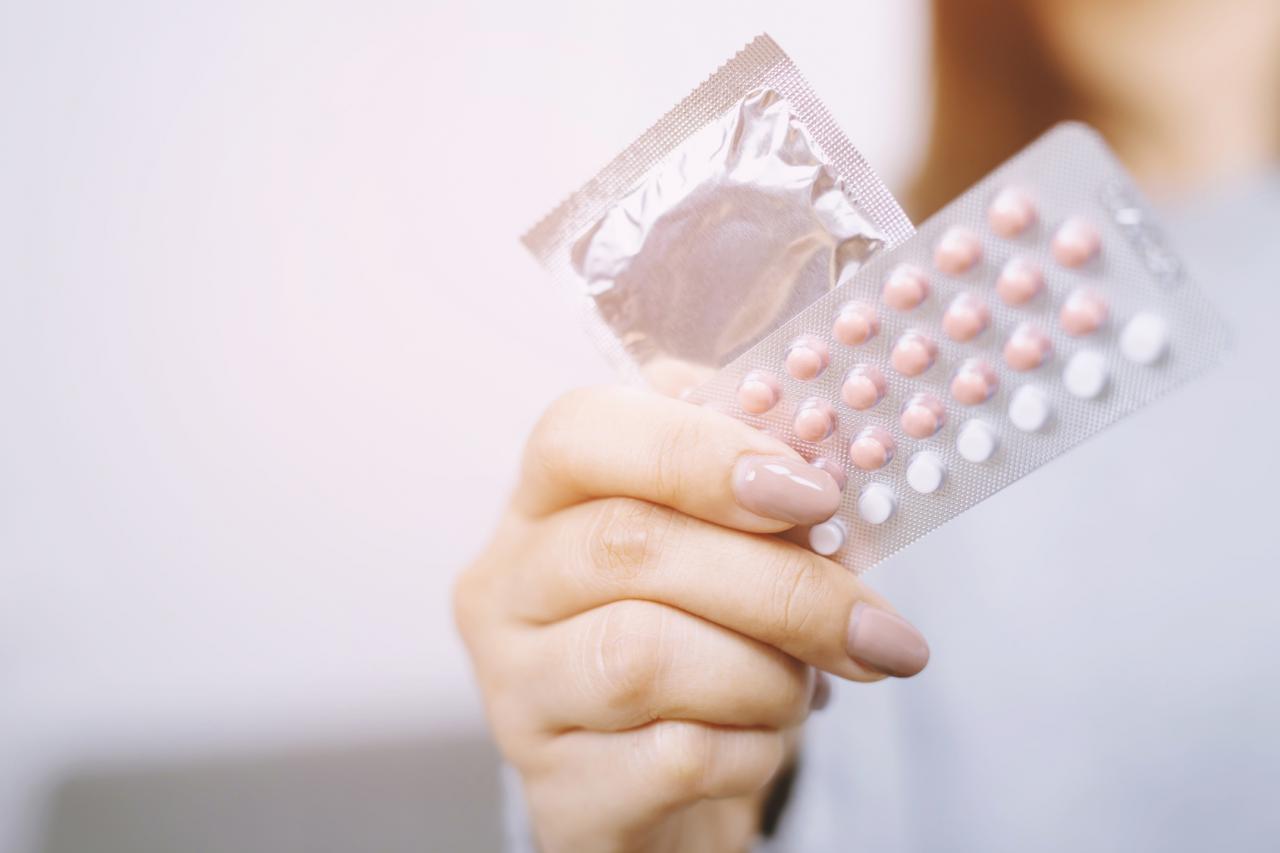What happens if a woman has Stress Incontinence and cannot have a sling done? Perhaps there is a history of radiation, multiple failed prior operations, or of the bladder contraction is too weak as noted on urodynamics, then there is another choice.
By the time they come to see me, most female patients want something done about their stress incontinence, since it's bothersome enough to be inhibiting life or lifestyle. Slings are quite minimally invasive with a high success rate and short recivery time, but if they are not indicated. . .
Placing an injection of a bulking material into the urethra is another valid treatment for stres incontinence. Think of it like bulking up someone's facial lips with collagen: they become fuller. So too, the urethra. The product that has been around the longest is Collagen, but it suffers the same fate in the urethra as the lips: the body reabsorbs it rather quickly, usually within 3-6 months, where less than 20% of patients still notice any improvement by 12 months.
Because it is painful, injections are performed under anesthesia. No incisions are made. A cystoscope is placed into the urethra and thorugh a long but ver small needle, the material is injected under the urthral lining.
Other various materials have been designed inorder to improve on the durability of collagen. The ideal agent is biocompatible, cost effective, is not rejected by the body or migrates within the body, is minimally invasive and of course effective.
Durasphere is gel carrier with carbon beads that is injected. Overall effectiveness is not much better. Once injected, the gel is reabsorbed so that bulking volume is lost, and the carbon beads can, though rarely, migrate.
Another agent, Coaptite, is a gel based material, composed of microscopic spherical particles made of calcium hydroxylapatite. It has the consistency of toothpaste and is injected the same way.
At twelve months, about 80% of women are either still dry or "much improved", and fails in about 10%.
The procedure usually takes about 15-20 minutes and its out-patient. Usually between only 2-4 cc of material is needed to acheive an effect. The effect is noted right away.
Most women will experience a little blood in the urine for about 24hrs. Buring with urination is also common for 24hrs. Infection and urinary retention are possible but uncommon.
I have used all three agents and have found the best success with Coaptite. Even in patients with NO bladder contraction on urodynamics, I have had NO patients with prolonged urinary retention (>1week), who have had to self-catheterize themselves after urinating to ensure adequate bladder emptying. I have patients who are more than 2 years out from injection with durable results.
It is not superior to sling in treating Stress Incontinence but it is a nice alternative. One other interesting thing about it is that the procedure can be repeated if incontinence recurs.
Dr. Matthew Karlovsky is a urologist that specializes in female pelvic health in Phoenix, Ariz. For more information, visit www.urodoc.net or www.femaleurologyaz.blogspot.com/




Add a CommentComments
There are no comments yet. Be the first one and get the conversation started!